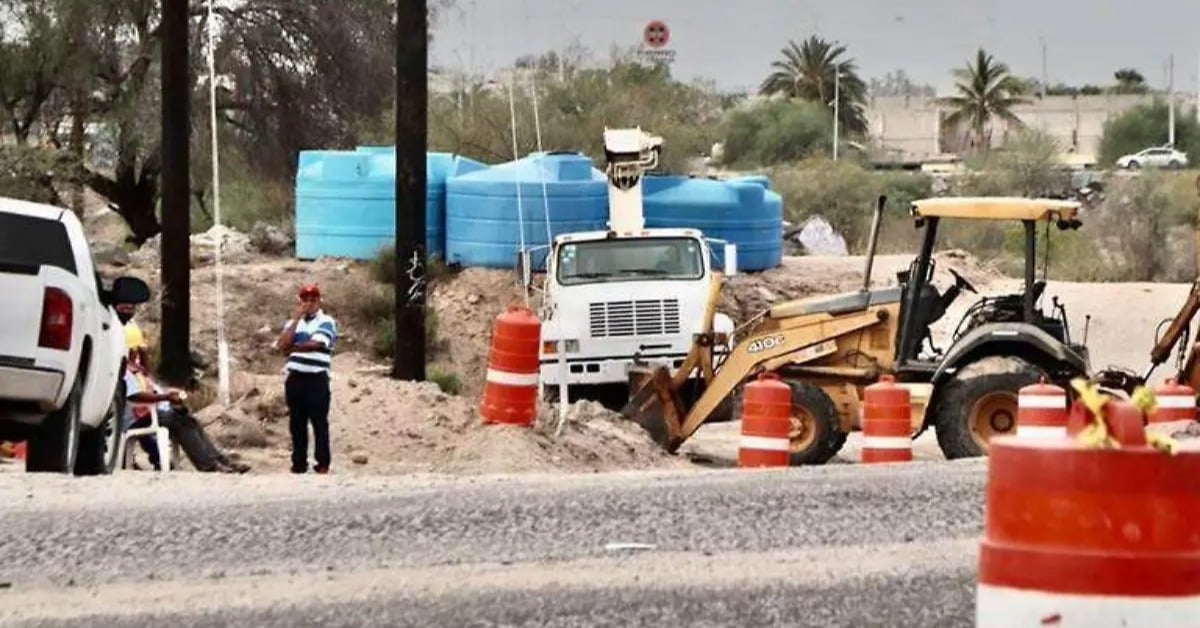The Los Cabos environmental sanitation trust was revamped with a new committee to finance priority infrastructure as growth strains services . . .

The Los Cabos environmental sanitation trust was revamped with a new committee to finance priority infrastructure as growth strains services . . .
